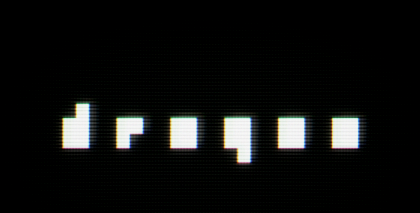Note that this is not a summary of the paper, but an attempt to capture the most central thread of my own thinking regarding and understanding of it.
[ A. How do sandbox narratives function?
B. People are drawn to repair that which is in a state of disrepair.* Therefore players fill in the gaps themselves.
If the tools necessary for the repair are not given, then players must use the tools which they already have available to themselves.
If the narrative to be repaired is not preexisting and buried but in fact does not even exist, then players will repair something that never existed in the first place, filling in the gaps with stuff they already have available to themselves.
]
*[ C. Are people, in fact, drawn to repair anything that is in disrepair? Where does this instinct come from?
D. This is not much further explored, but it appears to be related to a nurturing instinct. Eve Sedgwick is quoted, "Its fear, a realistic one, is that the culture surrounding [the thing in disrepair] is inadequate or inimical to its nurture; it wants to assemble and confer plenitude on an object that will then have resources to offer to an inchoate self." I suppose all I can do is list a few features which, together, may come somewhat closer to what inspires the reparative instinct:
- It is in disrepair,
- In its current state it will not become repaired without intervention, and
- Once repaired, it will be capable of self-repair.
[ A. How do sandbox narratives function?
B. People are drawn to repair that which is in a state of disrepair.* Therefore players fill in the gaps themselves.
If the tools necessary for the repair are not given, then players must use the tools which they already have available to themselves.
If the narrative to be repaired is not preexisting and buried but in fact does not even exist, then players will repair something that never existed in the first place, filling in the gaps with stuff they already have available to themselves.
]
*[ C. Are people, in fact, drawn to repair anything that is in disrepair? Where does this instinct come from?
D. This is not much further explored, but it appears to be related to a nurturing instinct. Eve Sedgwick is quoted, "Its fear, a realistic one, is that the culture surrounding [the thing in disrepair] is inadequate or inimical to its nurture; it wants to assemble and confer plenitude on an object that will then have resources to offer to an inchoate self." I suppose all I can do is list a few features which, together, may come somewhat closer to what inspires the reparative instinct:
- It is in disrepair,
- In its current state it will not become repaired without intervention, and
- Once repaired, it will be capable of self-repair.
